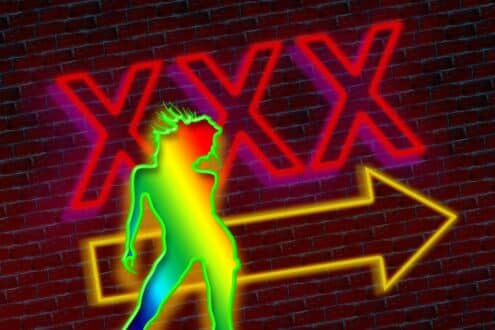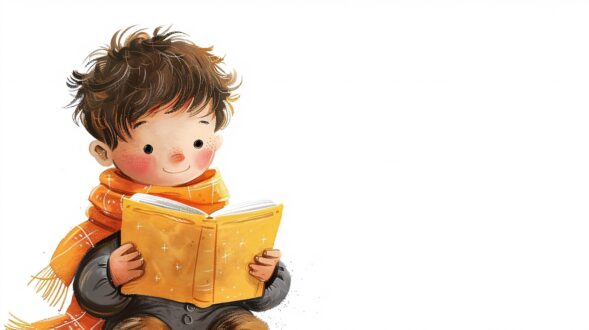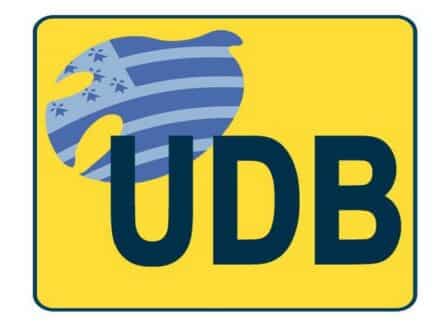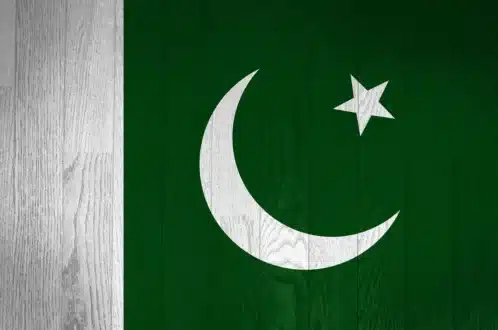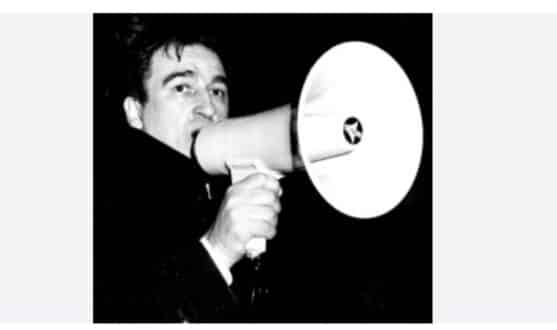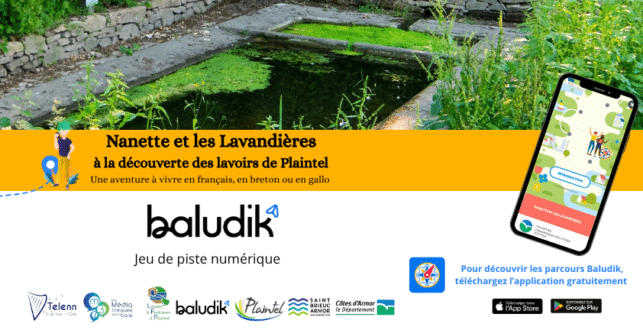article non rédigé par la rédaction de Breizh-info.com Jouer avec excès comporte des risques. Appelez le 09-74-75-13-13 (appel non surtaxé). Les casinos en ligne sont interdits en France
Breton dances are an open invitation to joy, togetherness, and celebration. They’re woven deeply into the cultural fabric of Brittany and are at the heart of local festivities, especially during the beloved festoù-noz – traditional night-time dance gatherings. Each dance tells a story, and every movement pulses with the warmth and spirit of the region. While these dances may seem a little mysterious at first, they’re surprisingly easy to pick up and open to everyone.
This guide aims to demystify Breton dances. It offers newcomers a first taste of this joyful tradition with simple steps, collective movement, and infectious rhythms. Anyone willing to give it a try will find themselves quickly swept up in the festive energy. The first steps are easy to follow and designed to help you feel instantly at home in the welcoming world of Breton dance.
Where It Began: The Roots of Breton Dance
Breton dances trace their origins back to the Middle Ages and Renaissance, drawing inspiration from the branles – popular chain dances of the time. Over the centuries, they became part of everyday life across social classes. Historic sources, like the Orchésographie from 1589, highlight just how central they were even then.
Each part of Brittany developed its own unique styles, leading to a rich variety of steps and rhythms. In Lower Brittany, communal dances like the hanter-dro and en-dro are especially popular. The Saint-Brieuc area, meanwhile, keeps its heritage alive with dances such as the rond de Saint-Vincent. These traditions evolved into strong expressions of local identity.
In the 1950s, Celtic circles worked to preserve and modernize these traditions. This is reminiscent of online casino games, which are both modern and traditional. They offer a familiar experience to regulars while attracting a new generation of players thanks to their innovative digital interfaces.
Thanks to these efforts, Breton dances remain a vibrant part of community life across the region, especially at festoù-noz and other public events.
Forms of Breton Dance: Rounds, Chains, and Couples
Breton dance is all about connection. Traditional forms come in several styles that foster a sense of unity among dancers. Circular dances like the hanter-dro bring people together in a hand-in-hand rhythm, often accompanied by the distinct sounds of the biniou (Breton bagpipe) and bombarde (a type of oboe).
Chain dances, such as the gavotte de Cornouaille or plinn from the Fisel region, include distinct arm movements that vary by locale. Through these forms, dance becomes a living expression of Breton pride and togetherness.
The 19th century brought new European influences to Brittany, further expanding its dance repertoire. Couple dances began appearing at balls and festoù-noz, including:
- the lively and upbeat polka
- the soft, flowing mazurka
Though borrowed from elsewhere, these dances have become part of the local tradition — a reflection of how Breton culture continues to evolve while staying grounded in its roots.
A Living Tradition That Welcomes All
Breton dance is a vibrant tradition that continues to bring generations together. Whether simple or more intricate, these dances offer everyone a chance to take part, to share, and to celebrate the enduring spirit of Brittany.
For beginners, the key is to let yourself be carried by the rhythm – no need to worry about missteps. With just a few moves, what begins as a new experience can become an unforgettable moment, full of warmth, connection, and tradition.
article non rédigé par la rédaction de Breizh-info.com Jouer avec excès comporte des risques. Appelez le 09-74-75-13-13 (appel non surtaxé). Les casinos en ligne sont interdits en France






